The deadliest building on campus for birds is one dedicated to studying them. At least 23 birds this year have been killed from window collisions at the AgriLife complex alone.
Ecology and conservation biology junior Skyler Nix leads local bird enthusiasts around a four-mile loop around campus to count bird strikes and send the deceased birds to a teaching collection. As the program coordinator for ‘Lights Out College Station,’ a program that campaigns for lights to be turned off from 11pm to 6am along migration routes, Nix has witnessed many bird strikes personally.
More bird fatalities are recorded on Texas A&M’s campus than the entire city of Dallas, Nix said.
On April 22nd, an estimated 2,463,500 birds crossed the Brazos Valley in one night, according to Birdcast. With the slow-flowing waters of the Brazos River, birds can find food, water and a quick break before continuing their journey southwards.
One-third of these birds will die during their migration, due in no small part to window strikes. As birds navigate using the moon at night, lighted windows attract and confuse them, leading to collisions.
These numbers are unacceptable to bird lovers and campus researchers, who have banded together to reduce bird fatalities with the “Lights Out College Station” campaign. Through education and outreach, the program helps raise awareness about the dangers of light pollution.
Nix is using collision data and student reports of bird strikes to continue his work.
“We really are trying to establish a data baseline, to convince university decision makers that this is something worth taking action on — not just in downtown centers, but here on our own campus,” Nix said.
Zoology senior Maddie Pearson is an avid birdwatcher. On a clear day on campus, she can be found peering through a monocular, searching for elusive migratory birds that have recently returned.
“I think a lot of people are not aware that there even are [migratory] birds on campus,” Pearson said. “Like the western kingbird and scissor-tailed flycatchers just migrated back … I see them every day.”
Pearson and other birdwatchers have witnessed the rapid decline of migrating birds over a few years.
“I’ve talked to older birdwatchers, and they’ll talk about spots that they used to really love, and there’s just not the amount of birds there that there is supposed to be …” Pearson said.
Pearson said the massive glass windows of modern architecture are killing birds.
“I’ve seen firsthand at Evans Library, I’ve watched a yellow-breasted chat dive headfirst into the window,” Pearson said.
Pearson said human-made issues make migration dangerous for birds.
On-campus researchers visit hot spots for bird strikes, searching for deceased or stunned birds.
The remains are brought into the Biodiversity Research and Teaching Collections, or BRTC, where students and faculty organize and report strike data.
Doctoral candidate Keith Andringa, an on-campus researcher, studies wildlife ecology with a focus on birds and ecological toxins. In his five years with the Lights Out campaign and the BRTC, he has noticed statewide trends in bird deaths from window strikes.
Adringa said some species are more likely to be “supercolliders,” such as low-flying migrant species like ovenbirds or Lincoln’s sparrows.
“Birds have a really complex visual system, so most of the time they can’t see glass … there’s not a lot that can be done retroactively, it can be expensive. New design, new architecture is really the best way we can support [migratory birds].” Andringa said.
Replacing campus windows with more bird-friendly glass could cost thousands or millions of dollars, depending on what type of glass is used and the extent of the replacements.
In response to this nationwide trend of massive bird fatalities, Nix, alongside guidelines from the American Bird Conservatory, put forth a petition for increased safety standards for new buildings.
While a petition may take some time to create a safer campus for birds, Andringa noted students can play a role in saving birds while they walk to classes.
“On campus, if you see a bird strike, so a bird that is sitting by a window, either dead or alive, you should report it to iNaturalist or Lights Out, which is a great way for the community to band together and collect data about bird strikes.” Andringa said.
“If you do find a bird that is still alive, don’t try to help it, just move it to a very secluded bush and don’t carry it around … most of the time they need veterinary or medical attention. Not only that, it is technically a federal offense to be moving around any bird species.”
Professor Christopher Butler also loves birds, and frequently displays photos of marsh birds from his research to his students. Most of his research publications have revolved around these elusive birds, and when prompted, confessed to being an avid bird watcher.
“My personal favorite bird on campus is the scissor-tailed flycatcher … you can also see western kingbirds, which are going to be bright yellow, also in parking lots.” Butler said. “These are colorful, interesting birds students can see without a great deal of effort.”
Many bird watchers and experts want to increase students’ appreciation of migratory bird species in Texas. With over a third of all bird species in the continental United States passing through, there are ample opportunities for students to witness a massive natural phenomenon.
“In 2011, it was estimated … in the Valley that [birdwatching] brought in $307 billion, and now it’s higher than that … there’s a huge economic impact of people traveling to look for migratory birds,” Butler said.
Pearson has traveled extensively to look for birds, and documents much of her traveling on her Instagram, which is dedicated to bird photography.
“It’s called @maddies_bird_adventures, and I love it so much. It was so easy to get caught up in tests and exams, and really lose sight of everything, and fall into a deep spiral of stress …” Pearson said. “… the thing that really pulled me out of it was photography … some of my favorite [bird] photos are in the Teaching Gardens.”
As for saving birds, Nix wanted to remind students they can contribute to stopping the mass fatalities seen on campus.
“We all can be a part of this. You can just flip the switch, it’s really that easy … you can save energy, save money and you can also save wildlife. It’s a win-win for people and birds,” Nix said.





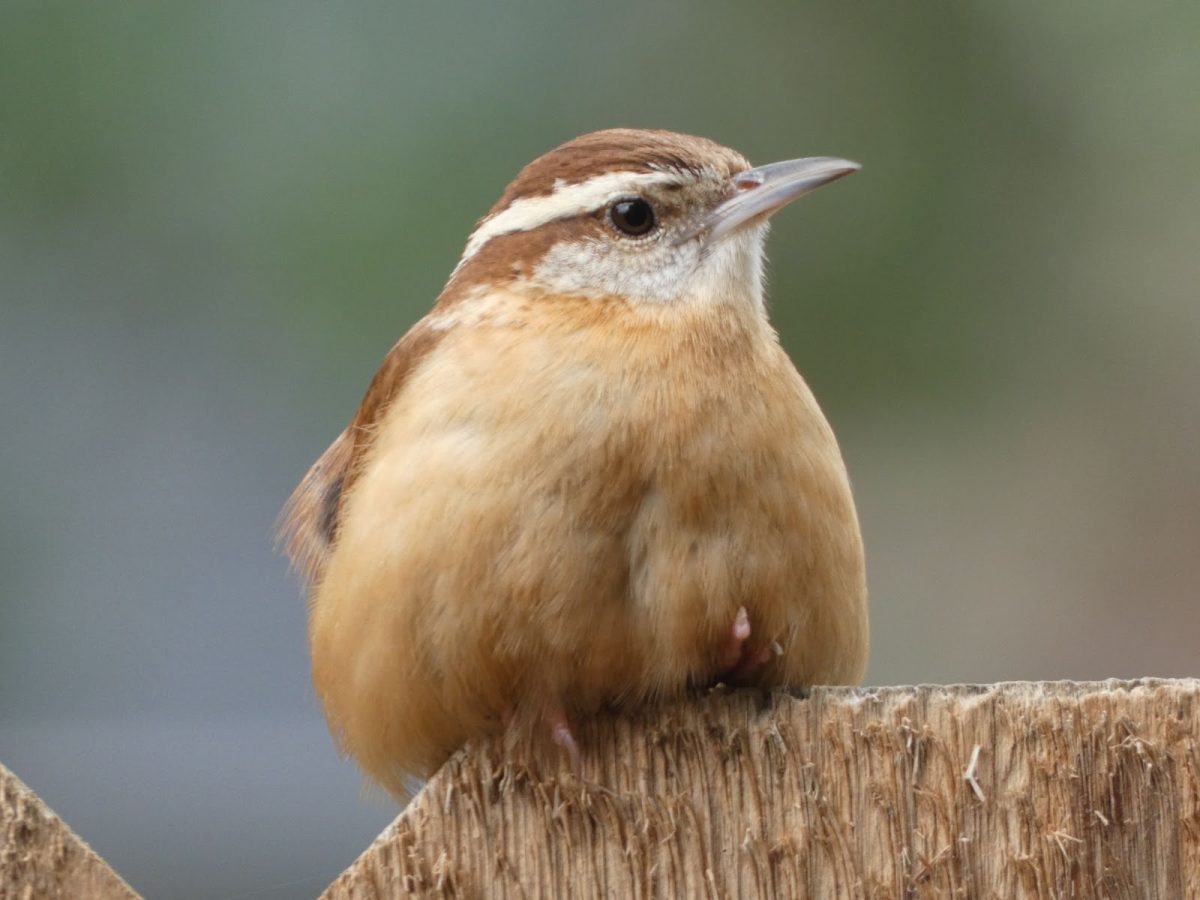
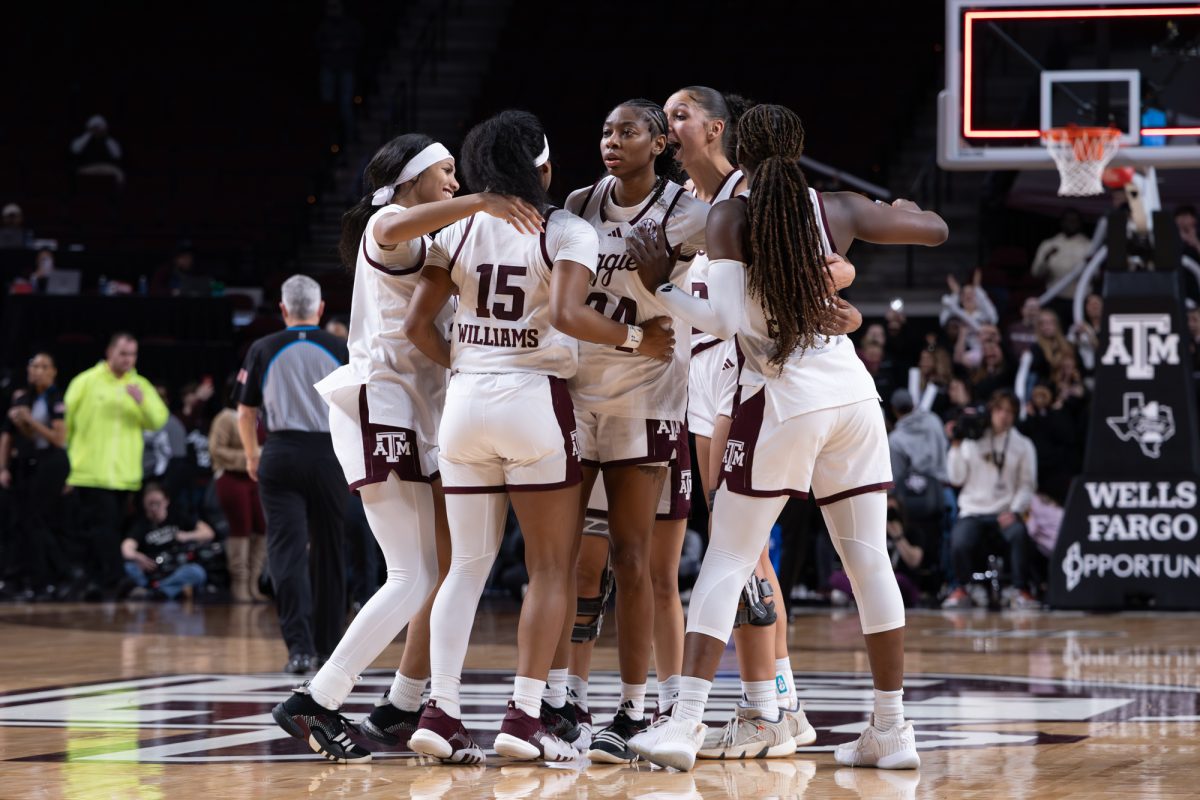
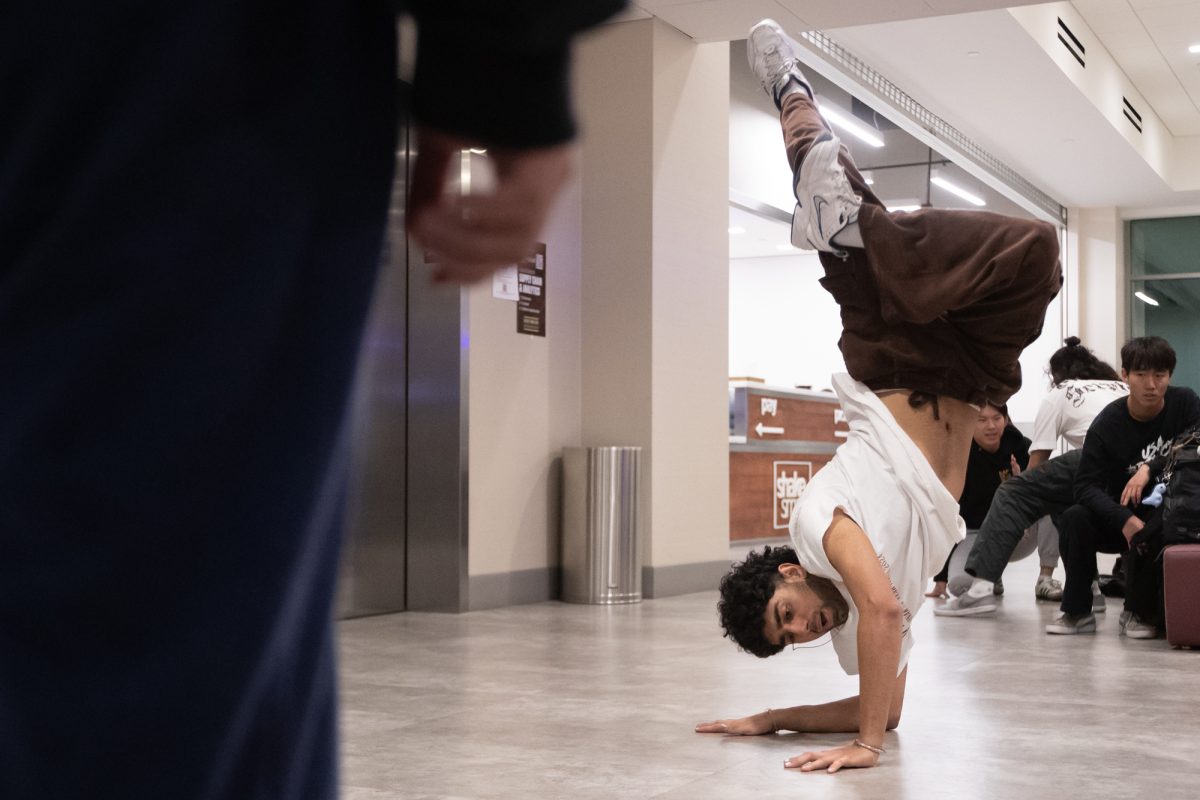
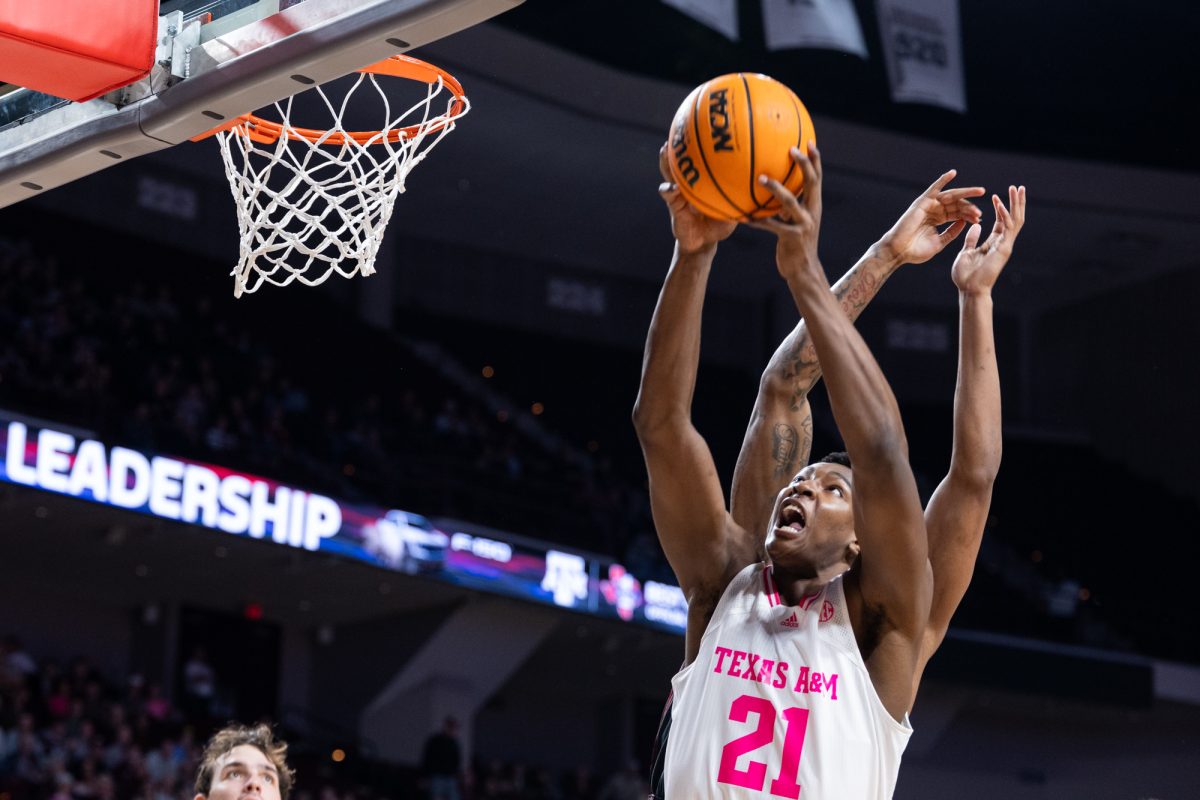

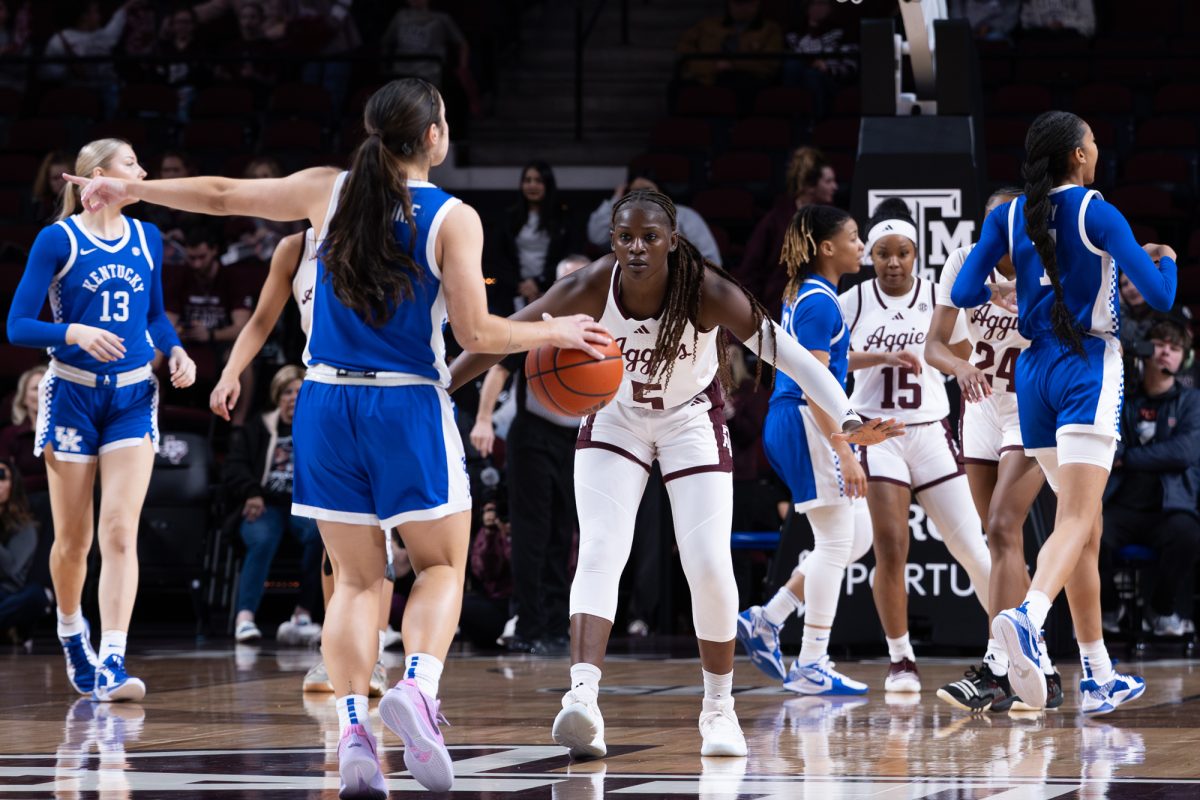
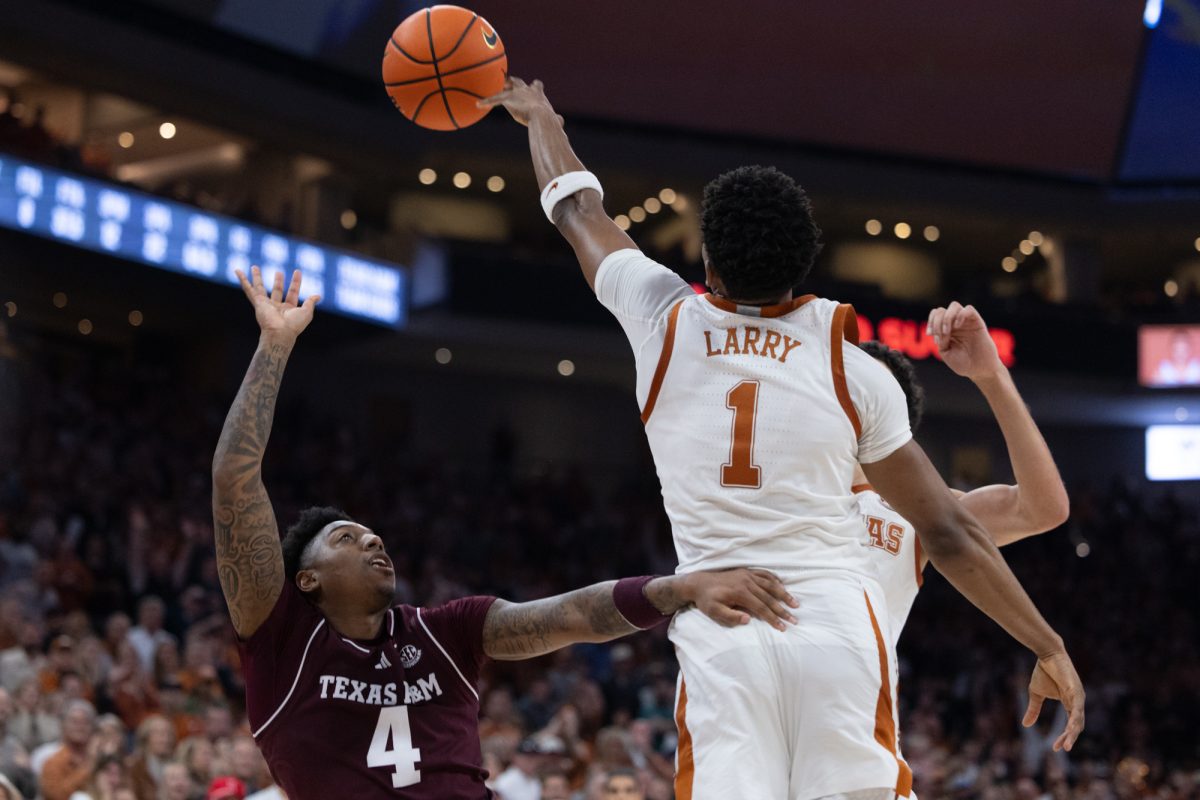


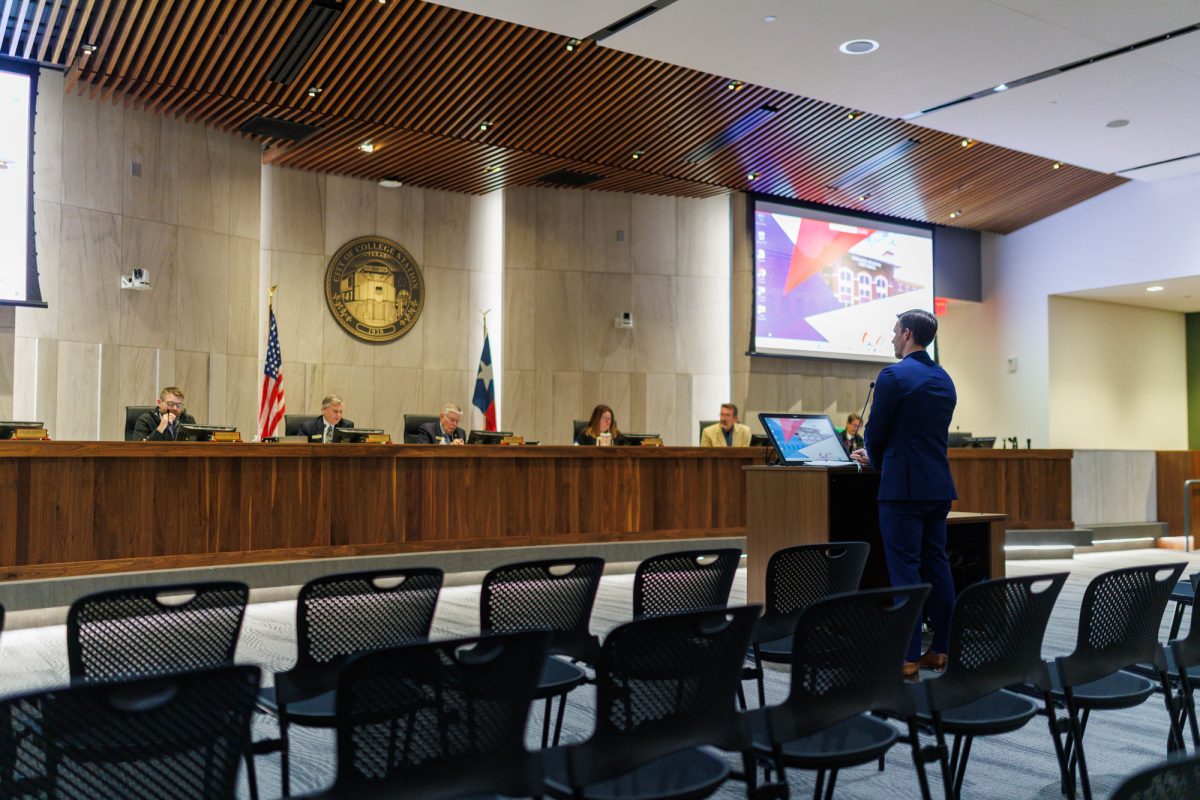
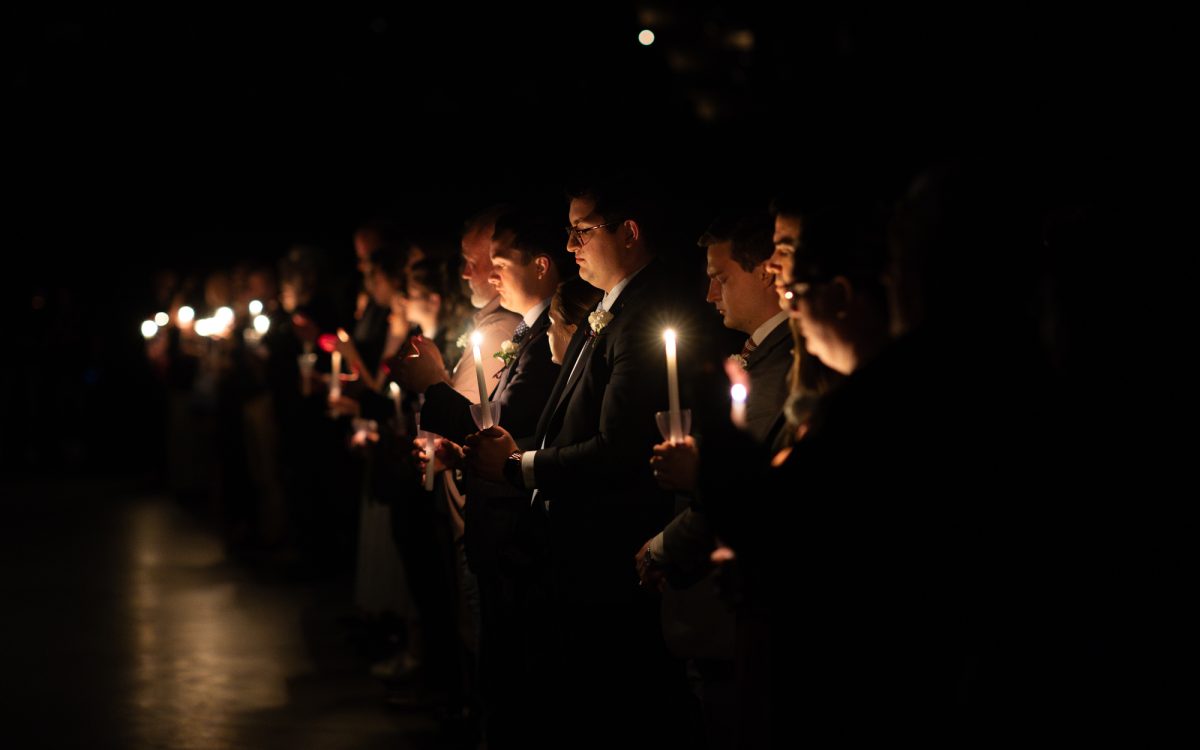
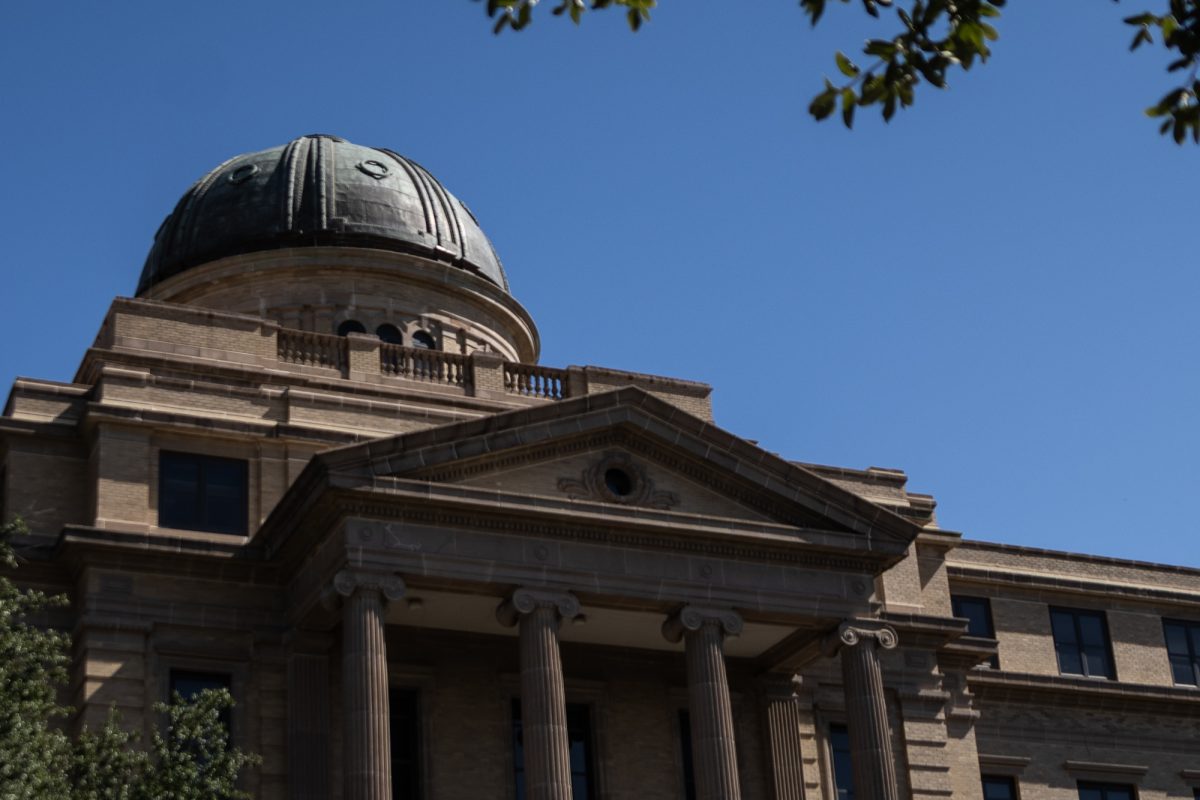
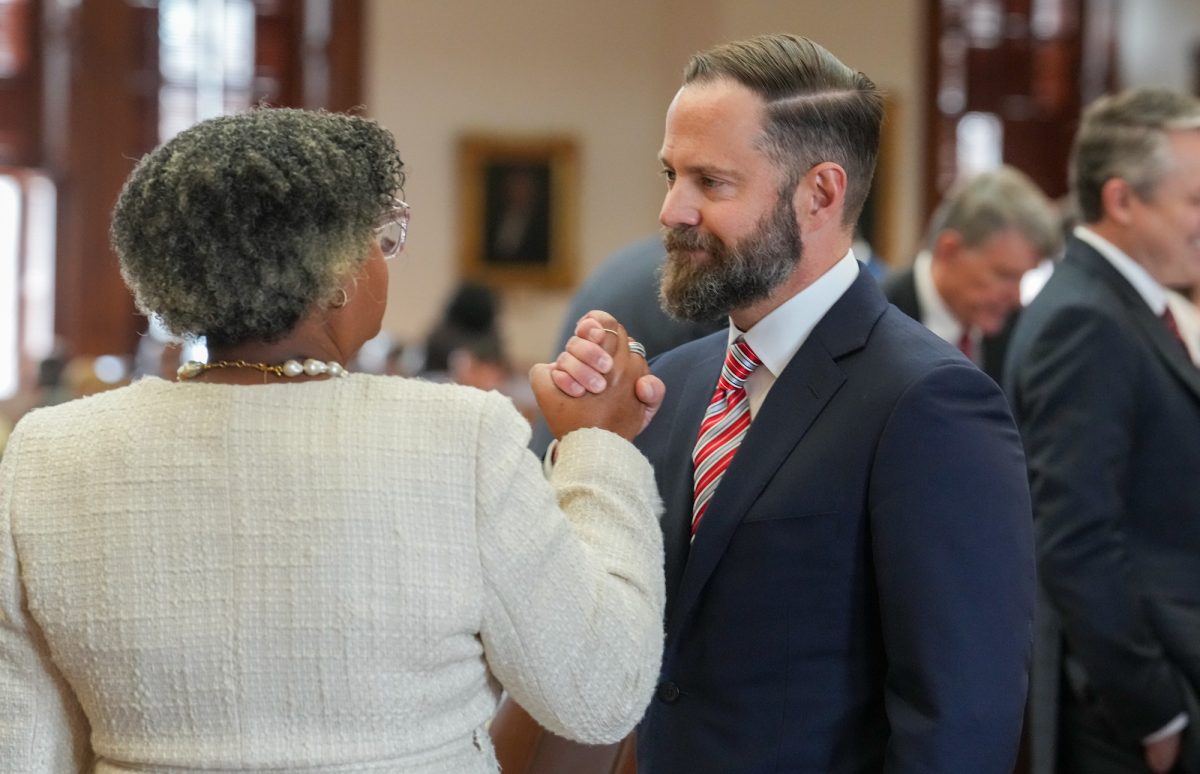

Elizabeth Collins • Apr 28, 2024 at 11:41 am
Some corrections to the article.
First, all birds that hit a window need to get to a wildlife care center immediately. Just like humans, collisions cause injuries that require medical attention. Flying away does in no way indicate health. Do not offer food or water. The Animal Help Now website offers a list of care centers across the country that should be contacted for assistance.
Second, while it is illegal to keep a wild bird without a permit, it is not a federal offense to take an injured bird to a wildlife care center. In fact it’s necessary and encouraged.
Third, there are very affordable solutions for bird-window collisions that don’t require replacing glass. Applying Feather Friendly products to the outside of windows works extremely well. American Bird Conservancy has a good list of other tested options for our homes and other buildings (all of which need to be applied to the outside of the glass). More birds are injured and die from hitting our homes’ windows that from large structures. Each of us play an important part in protecting birds.
Heidi Trudell • Apr 28, 2024 at 6:24 am
Please try to get injured birds to a wildlife rehabber: ahnow.org – animal help now – is also an app that can help you find a wildlife rehabber, and help you find best practices for helping them.
Angela Nix • Apr 25, 2024 at 9:09 pm
Very informative read. I had no idea the extent of danger to birds. Thank you Skyler for bringing this to light for so many of us who were totally unaware . Great job you are doing and your contribution to saving these endangered species.